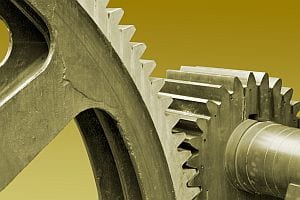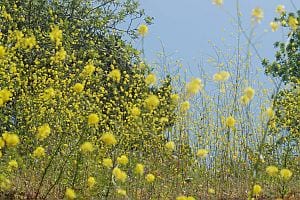statFor some women, it's about making an elegantement at special events or being a couple…

The Benefits of Iron
 If you’ve been feeling sluggish or short of energy lately, it may be that you haven’t been getting enough iron in your diet. It is a mineral necessary for the production of energy and the transport of oxygen throughout the body. According to the World Health Organization, approximately 80% of the world’s population has an iron deficiency, with as many as 30% having anemia as a result. However, too much iron in your diet isn’t a good thing either—it can be toxic and may even result in death.
If you’ve been feeling sluggish or short of energy lately, it may be that you haven’t been getting enough iron in your diet. It is a mineral necessary for the production of energy and the transport of oxygen throughout the body. According to the World Health Organization, approximately 80% of the world’s population has an iron deficiency, with as many as 30% having anemia as a result. However, too much iron in your diet isn’t a good thing either—it can be toxic and may even result in death.
The red blood cells that deliver oxygen to every one of our body’s other cells require it for their production. Nearly two thirds of the body’s iron is stored in the blood in the form of oxygen-transporting hemoglobin. So if levels of it are low, the body does not get enough oxygen to be able to function properly. This is why those with anemia (a deficiency in red blood cells) feel chronically tired. Without enough oxygen, the body has little energy. A deficiency in it also compromises the immune system, leaving you more vulnerable to viruses and bacterial infections.
The recommended daily intake of it is as follows:
- Infants 7 – 12 months: 11 mg/day
- Children 1 – 3 years: 7 mg/day
- Children 4 – 8 years: 10 mg/day
- Children 9 – 13 years: 8 mg/day
- Adolescent boys 14 – 18 years: 11 mg/day
- Adolescent girls 14 – 18 years: 15 mg/day
- Adult men 19 – 50 years: 8 mg/day
- Adult women 19 – 50 years: 18 mg/day
- Adults 51 years and older: 8 mg/day
- Pregnant women: 27 mg/day
- Nursing women: 9 mg/day
It can be categorized into two types: heme iron and non-heme iron. Although both are important, meeting your daily iron requirement with heme iron is easier because it is more easily absorbed by the body. Approximately 25%-30% of heme irons are absorbed from the foods we eat, whereas only around 3% of non-heme iron is absorbed.
Children, people with gastrointestinal disorders, the elderly, and women of childbearing age are at the greatest risk of this deficiency. Since the body has the ability to store it, a deficiency does not usually happen overnight. But if someone is unable to replenish their store of it (during famine or illness, for example) then they may develop anemia. Heme iron is only found in animal products such as meat, poultry and fish, which is why vegetarians and vegans can be at greater risk of this deficiency. Non-heme iron can be found in vegetables, particularly dark green leafy vegetables, and pulses such as beans and lentils.
To encourage iron absorption, eat foods that are high in vitamin C and high in iron at the same time. Vitamin C aids in the absorption of non-heme iron. There are also some foods that hinder non-heme iron absorption, such as foods high in tannins (like tea and coffee), calcium, phytates (legumes and whole grains) and polyphenols.
If your doctor finds that you have low levels of it, he or she may prescribe a supplement. Always take exactly the amount prescribed, as it is possible to take too much, which can cause severe organ damage. Those with the disorder hemochromatosis, a condition in which the body stores excessive amounts of this, must have their blood tested regularly so as to avoid organ damage.




